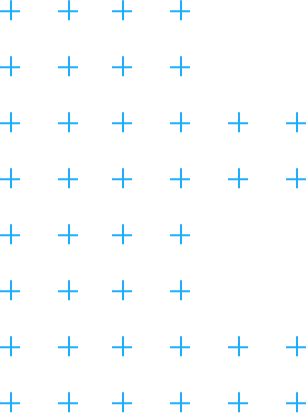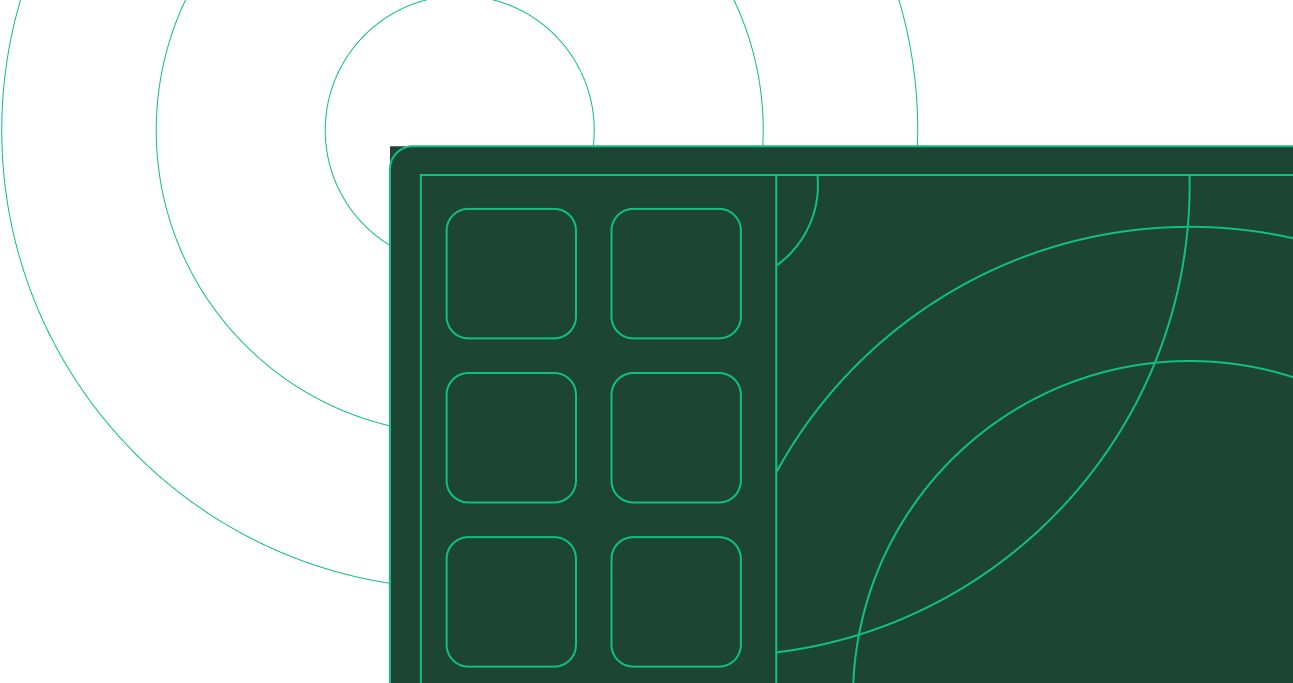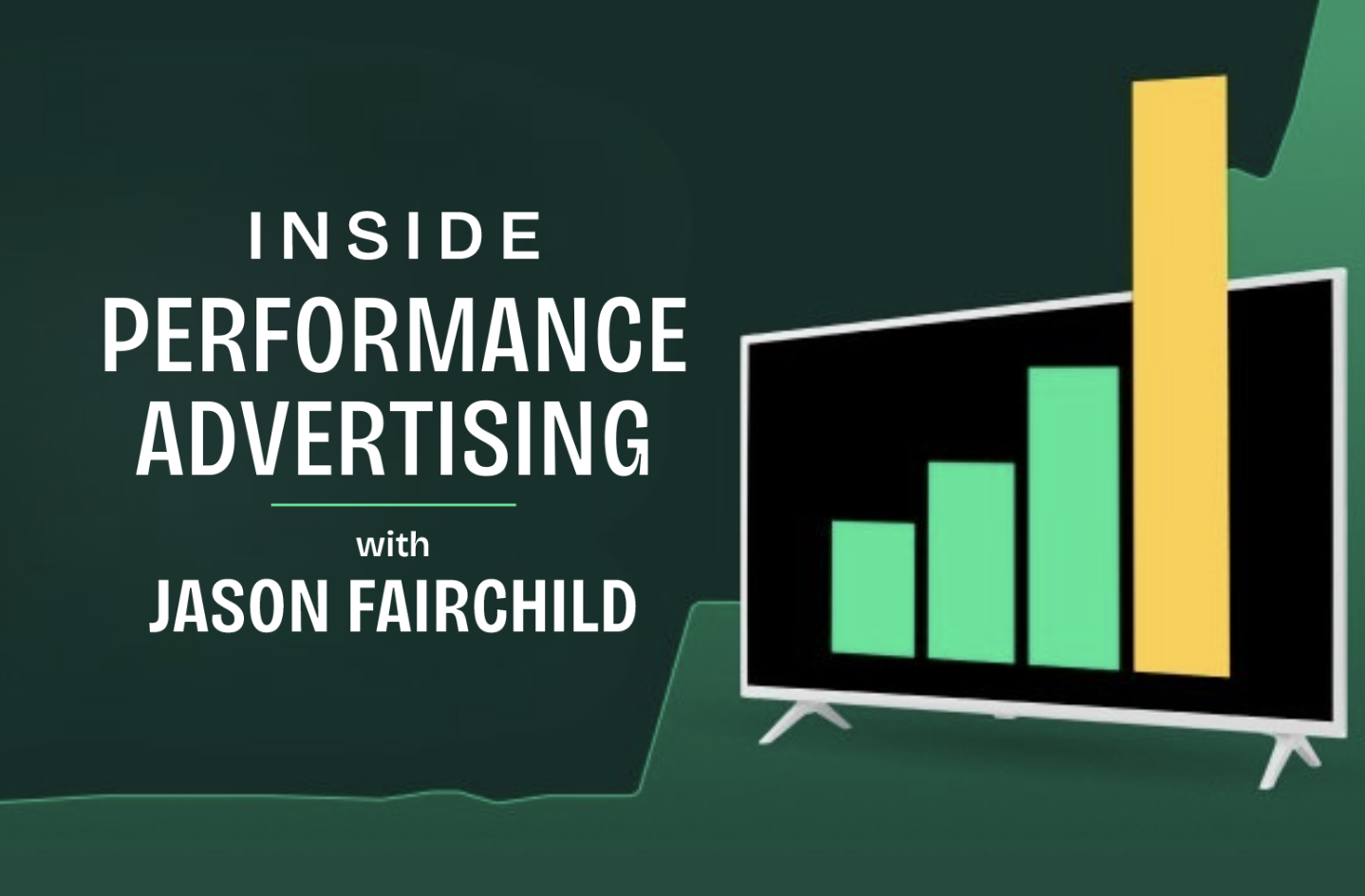Inside Performance Advertising with Jason Fairchild delivers unfiltered insights, strategic perspective, and hard truths from inside the evolving world of adtech.
This is a guest newsletter by Teddy Jawde, SVP of Product Management at tvScientific.
For the last 25 years, search engines have been the money-printing machine of the internet. By monetizing intent, search didn’t just fuel Google’s empire, it sustained millions of businesses, enabled behavioral and social advertising, and underwrote much of the tech ecosystem we live in today.
But just as the internet disrupted classifieds, LLMs are about to disrupt search.
In five years, pecking through paid search blue links will feel as outdated as scanning job listings in a newspaper. Chatbots will be the default way we find information and transact because answers beat links every time. Already, almost a billion people use ChatGPT weekly, and once personalization and automation catch up, it won’t just siphon off low-value searches, it will eat the commercial ones, too.
AI companies know this. That’s why they’ve resisted plastering chatbots with ads. The old search playbook of sprinkling sponsored results between organic ones feels clunky compared to the clean, direct experience of an answer. Which means the real opportunity isn’t in retrofitting ads into chatbots, but in building new monetization models native to this experience.
Four Big Shifts
1. LLMs Will Do to Search What the Internet Did to Classifieds.
Blue (paid search result) links will be obsolete. Search will default to chatbots that simply give you the answer. Sponsored results will still exist, but fewer in number and far more expensive.
The real breakthrough is in monetization. Google scaled through auctions on infinite ad slots. OpenAI is starting from a clean slate. Its new integration with Etsy and Shopify lets merchants plug into “Instant Checkout” and pay a fee only on completed purchases. This looks less like AdWords and more like Amazon Marketplace, where the platform earns by facilitating the transaction.
Over time, these systems will not just capture demand, they will shape it and complete the transaction. Tomorrow’s assistant will learn your preferences, recommend the best option, and place the order while you move on with your day. Search engines connected buyers and sellers. LLMs will actively decide what gets bought and who makes the sale.
2. LLMs Will Be the TikTok Algorithm for Commerce.
Search monetized explicit intent. Facebook monetized behavioral signals. LLMs will monetize by making connections, synthesizing data, context, and intent into real-time recommendations. Think of it as TikTok but for products and services. Instead of recommending the next video, LLMs will recommend the next thing to buy.
What makes this powerful is the potential for an asynchronous flow of intent. In the future, a spark on CTV could flow into an LLM session days later when curiosity becomes a query. The loop could also work in reverse: what people ask an LLM may inform smarter targeting in CTV and social. This back-and-forth of signals could become the connective tissue between demand creation in media and demand capture in AI.
As this cross-platform flow develops, the result will be a continuous back-and-forth of intent. This asynchronous dynamic could become the connective tissue between demand creation in media and demand capture in AI, powering the next wave of monetization in CTV, social, and beyond.
3. The Funnel Will Collapse.
The balance of power is shifting from capturing demand to creating it. Last-click will look increasingly absurd in a world where chatbots infer intent before a query is even made. That’s like handing out coupons to people already in line — credit without creation. Attribution will evolve to reward incremental sales, not just captured ones. And advertisers will chase platforms that spark demand at the top, not just skim it at the bottom.
4. Performance CTV Will Be the True Demand-Creation Engine.
In a world where LLMs absorb a great deal of attention but largely engage with and capture existing demand instead of creating it, advertisers will look for alternative channels to drive demand for their products.
Search captured demand. Social shaped it. CTV will create demand at scale. With immersive creative, AI-driven personalization, and closed-loop attribution, CTV will evolve into the most important performance channel of the decade.
The last 25 years of marketing were defined by search. The next 25 will be defined by LLMs, connections across them and other channels, and the demand-driving ability of CTV. The winners will be the platforms that spark intent, not the ones that simply capture it.
Inside Performance Advertising with Jason Fairchild delivers unfiltered insights, strategic perspective, and hard truths from inside the evolving world of adtech—cutting through the noise to focus on what really drives outcomes. Subscribe here.





